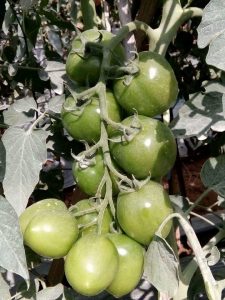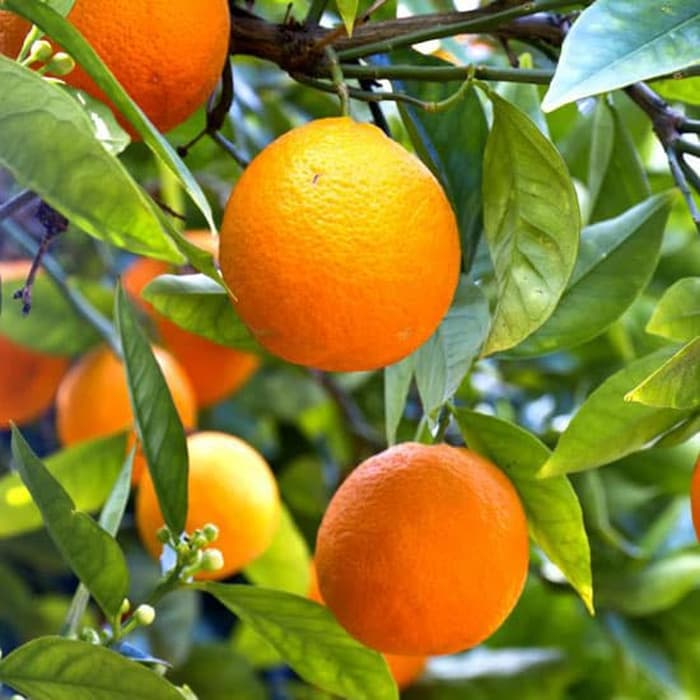Hormones in Plants
Hormones in plants are also called phytohormones. Hormones and nutrients are needed by plants for growth controlling substance and helping various metabolism reactions on cellular level.
There are many kinds of hormones known in plants, for example: gibberellins for seed germination, cytokinins for stem strengthening and bud and flower stimulation, rhizokalins for controlling root’s growth, auxins for stalling stem’s growth, ethylene gas for fruit ripening, etc.
- Definition
Phytohormone is:
- Organic compound synthesized in one part of the plants and transported to other parts
- In a very low concentration, hormones can cause certain physiological response. Responses caused by hormones depend on the species, development phase, hormone concentration, hormone interaction, and various environmental factors
Until now, there are only 5 known hormone groups: 4 types of auxins, various types of gibberellins (so far there are 84), some cytokinins, abscisic acid, and ethylene gas.

Organic growth control substance that is synthesized by organic chemistry experts (for example: 2-4 D, a type of auxins), or by other organisms other than plants isn’t included as phytohormones.
- How It Works
In order to get phytohormones active and unique, these need to happen:
- Hormones must be enough in the right cell
- Hormones must be recognized and bound tight by each cell target
- Messenger protein that binds hormones must be able to cause other metabolic changes that leads to signal strengthening
Phytohormones control gene activity. It is suspected that hormones have a part in transcription and translation control. Most mRNA molecules unravel and other parts ravel back before they leave the nucleus. In cytosol, mRNA is translated to ribosome or destroyed by ribonucleate enzyme. If mRNA is translated to enzymes, the pasca-translation changes can happen through a process that might be controlled by hormones: phosphorylation, methylation, acethylation, glicosidation. Baca juga: https://tipspetani.com/carateknik-membuat-bibit-ubi-jalar-secara-generatif-vegetatif-dari-kebun-sendiri/
Reference:
Hasnunidah, Neni. 2011. Fisiologi Tumbuhan. Bandarlampung: University Of Lampung.





